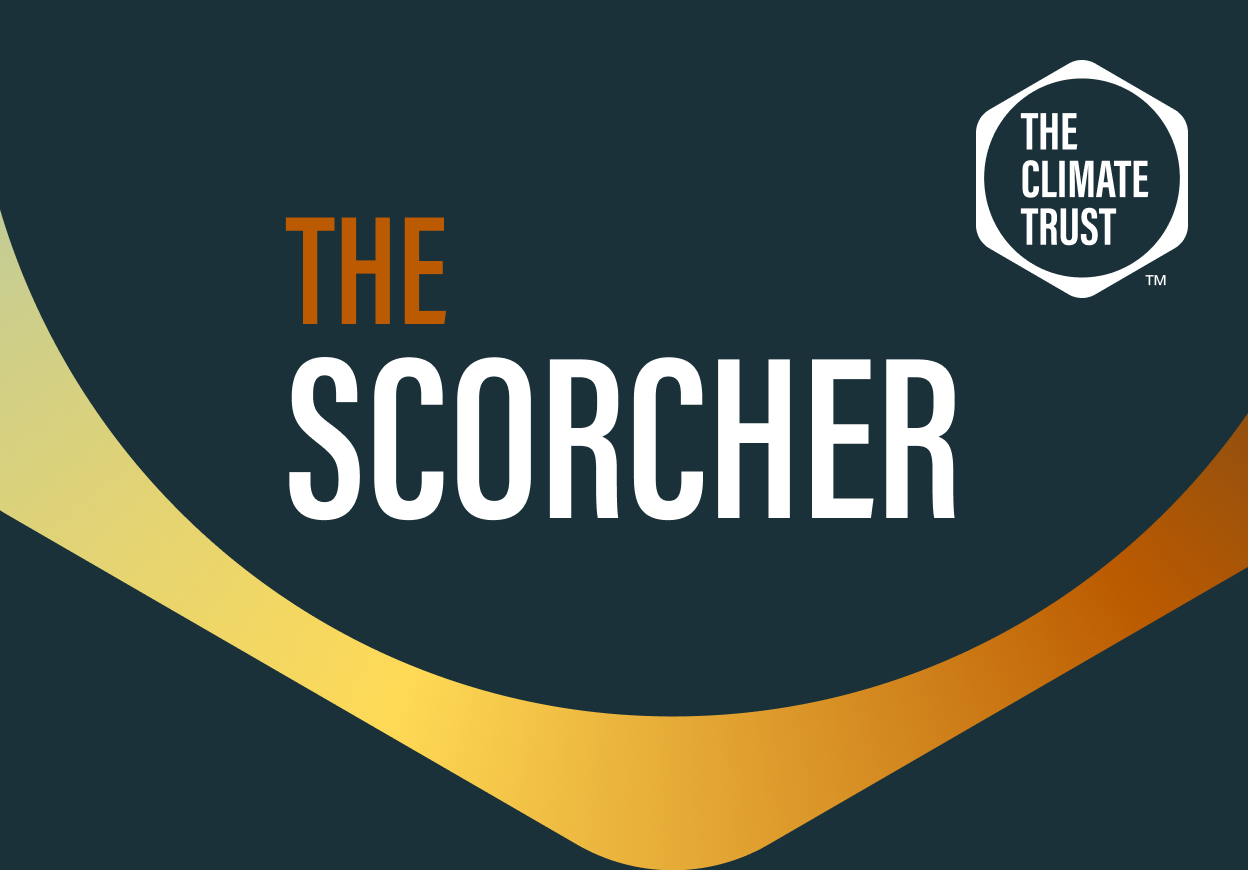
Grazing Management or Avoided Conversion for Carbon Sequestration?
In 2021 alone, the Northern Great Plains lost 1.3 million acres of intact rangeland. Thirty-two million acres have been lost since 2013, causing significant carbon emissions and environmental degradation. To improve carbon outcomes in rangeland systems, many carbon offset programs seek to increase sequestration on grasslands through grazing management. However, the impact of changed grazing practices on carbon sequestration has not yet been scientifically verified. What we do know is that the largest impact for carbon, biodiversity and rangeland health in the Northern Great Plains comes from avoiding grassland conversion to row-crop production. To slow the loss of rangeland ecosystems and reduce soil carbon emissions, The Climate Trust (TCT) utilizes carbon markets to support the placement of perpetual conservation easements.
Recent studies continue to show data gaps in outcomes from increasing soil organic carbon through changes in grazing management except in degraded grasslands. A study from Fort Keogh Livestock and Range Research Laboratory in Montana demonstrates the complexities of changing grazing management to increase soil organic carbon and above-ground plant biomass. The study noted that many offset protocols assume increased above-ground plant biomass is associated with an increase in soil organic carbon. However, the five-year study found no short-term positive correlations between soil organic carbon and plant biomass. The grazing management strategies that increased biomass were not the same as the ones that resulted in increased soil organic carbon. Severe fall and summer grazing increased soil organic carbon but not biomass, while moderate fall grazing increased above-ground biomass.
Changing grazing management to increase soil organic carbon is extremely complex. So far, the research indicates there are many factors that change grassland carbon sequestration rates beyond just grazing and plant composition. This makes it challenging to adjust grazing for carbon sequestration and to quantify the carbon benefit with certainty. While new studies and models are refining our knowledge, we must rely on where the science is today to effectively finance soil carbon sequestration and storage.
The Climate Trust will continue to scale avoided grassland conservation through carbon offset finance and development. These projects protect large carbon stores and support ranching livelihoods without dictating grazing management.
Kurt O. Reinhart, Matthew J. Rinella, Richard C. Waterman, Hilaire S. Sanni Worogo, Lance T. Vermeire, Ecological Indicators, Volume 158, 2024